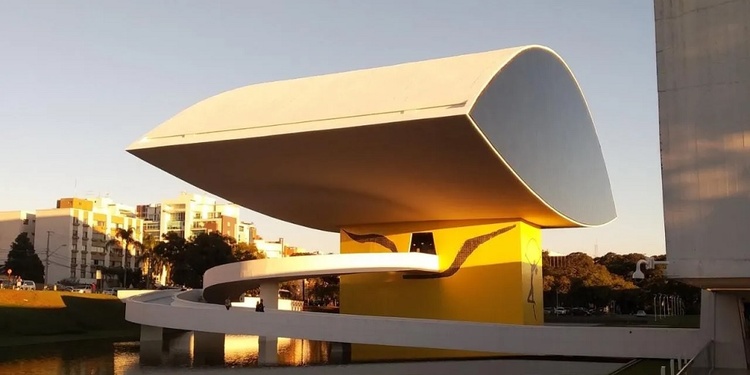
THE LARGEST MUSEUM IN LATIN AMERICA
THE LARGEST MUSEUM IN LATIN AMERICA, MON HAS PATRONS WHO DONATE UP TO R$30,000 PER YEAR AND CAN GIVE AN OPINION ON THE PURCHASE OF WORKS; UNDERSTAND
Other major museums, such as the Tate Modern in London and the Louvre in Paris, have similar programs. Model adopted by the Oscar Niemeyer Museum (MON) is inspired by the 'patrons' of the Renaissance period. President director talks about creating the MON patron program Donate up to R$30,000 per year so that one of the main museums in Brazil, and the largest in Latin America, can acquire new works of art – and also be able to have an opinion on the choice of pieces . This is what the Oscar Niemeyer Museum (MON), in Curitiba, offers members of the "Sou Patrono" program. The president director of MON, Juliana Vosnika, explains that the initiative is inspired by the figure of the so-called "patrons", of the Renaissance cultural movement from the 14th to the 17th centuries. The financing model has been improved and is now adopted by museums in Brazil and around the world. ✅ Follow the g1 PR channel on WhatsApp ✅ Follow the g1 PR channel on Telegram In the Renaissance, men with power and money who financed the production of artists and writers became known as "patrons", as explained by Milena Mayer, historian, museologist and professor at the State University of Paraná (Unespar). The patrons came to be considered "generous sponsors, souls moved by the love of art, protectors of letters and sciences", adds the historian. Oscar Niemeyer Museum MON Mariah Colombo/g1 Six centuries later, the Oscar Niemeyer Museum sees the incentive as a way of valuing art. Since it was created in 2015, the MON program has acquired 82 works of art with patronage resources. Currently, the institution has around 50 patrons. "We decided to create this movement so that it would be a movement to value culture and art. We created it so that it could be embraced by people who really care about this and who wanted, in some way, to contribute to increasing the Museum's collection" , explains Vosnika. Large museums such as the Tate Modern in London and the Louvre in Paris have similar programs. In Brazil, examples include the Pinacoteca and the São Paulo Assis Chateaubriand Museum of Art (Masp), both in São Paulo. Read also: Politics: State deputies approve project that authorizes agreements between the Public Ministry and prosecutors who committed infractions VIDEO: Young man survives after being run over and shot, in Foz do Iguaçu Curitiba: Accident between two buses with passengers leaves injured Oscar Niemeyer Museum will be open on the Lucas Pontes/MON holiday In this text you will read: How does the Sou Patrono Program work? How the program helps create a feeling of belonging to the Museum The patron who asked for donations to museums as a birthday present Curitiba on the Brazilian cultural route What is the profile of the patrons? Who were the patrons and how did they come about? How does the Sou Patrono Program work? Individuals and legal entities can participate. Through an annual contribution, which varies from R$10,000 to R$30,000, patrons are entitled to a series of compensations, which vary according to the contribution range. Among the benefits are: having your name engraved on the museum's premises, participating in exclusive mediated visits with curators and artists, catalogs produced by MON and, the most notable of them, participation in the choice of works to be acquired by the program. Work by artist from Paraná Lilian Gassen, acquired through the Sou Patrono Marcello Kawase program In the case of choosing pieces, the MON Cultural Council defines a list of works, presents them at an event to patrons, who vote on which should be purchased with the money collected by the program to integrate the museum’s collection. The choice of works presented, according to Vosnika, considers pieces that would complement gaps in the MON collection. "It's not just the financial issue, but also this engagement and recognition from society with this very important equipment that is the Oscar Niemeyer Museum", she says. QUIZ: Do you know the Oscar Niemeyer Museum? Patron Waldir Simões de Assis also recognizes that participation in the program represents new scenarios for the cultural institution. "The issue of patronage really is a fundamental thing to help the museum's structure function, to create new acquisition possibilities for its collection and to create more ambitious projects", he defines. Patron Waldir Simões de Assis Waldir Simões de Assis/Personal Archive Feeling of belonging Patron talks about participation in the MON program According to the president director, participation in choosing works for the collection creates a feeling of belonging. "Those who vote on which works will be acquired are the patrons themselves. This creates this very strong connection with the museum", she reinforces. Furthermore, the project represents the possibility of increasing the diversity of the MON collection.
"We expanded our reference framework, not only for artists from Paraná and Brazil, but also with a less Eurocentric focus and with a very important look at African, Asian and Latin American art", he states. In recent years, the Oscar Niemeyer Museum's collection has increased fivefold in size and today has more than 14 thousand works of art. In 2023, the pieces exhibited by MON were seen by more than 503 thousand visitors. From September 2022 to February 2024, 78 works acquired through the Sou Patrono program were exposed to the public. Donations to museums as birthday gifts Exhibition at the Oscar Niemeyer Marcello Kawase Museum According to Vosnika, another person who encouraged the creation of the program was the benefactor José Olympio Pereira, who, together with his wife Andrea, collects works of contemporary Brazilian art. On a birthday, José Olympio asked his friends to make contributions to the museums he was part of. "It was a very interesting initiative and that also excited us", recalls the CEO. When launching Sou Patrono, MON invited José Olympio to present the program to potential interested parties. At the end of the talk, according to Vosnika, the collector declared that he would be the Museum's first patron. What is the profile of the patrons? Juliana Vosnika, president director of MON AEN According to the president director, the profile among patrons is quite varied. There are architects, businesspeople, lawyers and other people from different professions. However, they are all connected by something in common: the interest in art and the desire to expand knowledge in the area. "Since the beginning, the number of people participating in the program has grown. People also began to understand the importance of being more present at the museum. So, sometimes, more than just financial support, it's presence and commitment. That's is to open the museum to society as well", he declares. Curitiba on the Brazilian cultural route Sculpture courtyard, at the Oscar Niemeyer Marcello Kawase Museum The expansion of the MON collection in recent years and the search for innovation have helped to consolidate the museum's image and strengthen Curitiba as a cultural hub in Brazil, as stated by the patron Waldir Simões de Assis. "We note that the Oscar Niemeyer Museum was an agent of transformation of our culture through the introduction of this super democratic museum, open to the population. For example, within the museum's agenda in recent years, you see exhibitions that could be at the Pompidou, at Tate Modern, and they are in Curitiba, available to our population", he highlights. Among the exhibitions mentioned by the patron are that of Chinese artist Ai Weiwei and that of British sculptor Tony Cragg. "The Oscar Niemeyer Museum is perfectly aligned with everything that great museums do. It is a museum that few countries have like this, so we have to treat it with care. Society's participation is fundamental for the continuity and preservation of the values of art Paraná, and for the attraction of international and national art into our Museum", he encourages. Who were the patrons? La Tribuna degli Uffizi (1772-77), by Johann Zoffany Royal Collection of the United Kingdom. Historian, museologist and professor at Unespar Milena Mayer explains that the term patron refers to "protectors of arts and letters" and originated from the figure of Gaius Cílnius Maecenas, a Roman statesman who lived between 68 BC and 8 AD. According to the teacher, Maecenas was an advisor to Emperor Augustus and acted in favor of culture, promoting artists and works. "It is interesting to note that experts on the subject identify that the relationship between the Roman State and the arts had a political bias. In other words, the prestige of artists in a certain way helped to legitimize the Empire and its emperor", she explains. According to the professor, the work carried out by patrons is still reflected today. "It is clear that funding and support from patrons were fundamental for us today to have access to countless works capable of moving and instructing people with different artistic preferences", she says. Mayer also highlights that, in addition to individual contributions, in Brazil the practice of patronage was institutionalized through incentive laws, including the Rouanet Law. For her, patronage programs, associated with other initiatives and sponsorship modalities, are important for the financial sustainability of cultural spaces. "I believe that all forms of sponsorship, whether supporting art for art's sake or even through cultural marketing, are important initiatives to try to ensure financial sustainability, a challenging task for non-profit institutions, such as museums", defends. VIDEOS: Most watched on g1 Paraná Read more news on g1 Paraná.
SOURCE
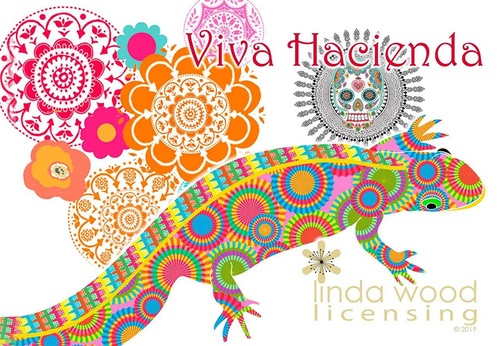
- July 03, 2025
Mexican Inspirations in the Art of Linda Wood
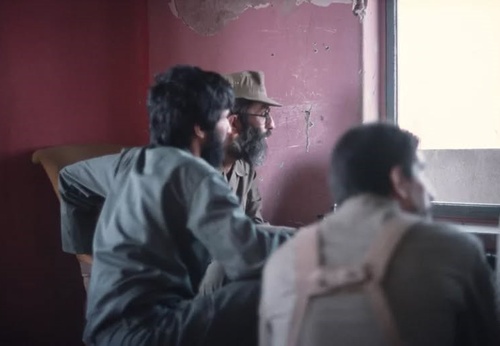
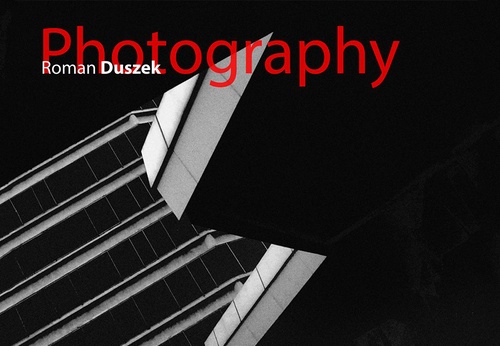
- July 03, 2025
Roman Duszek | Photography

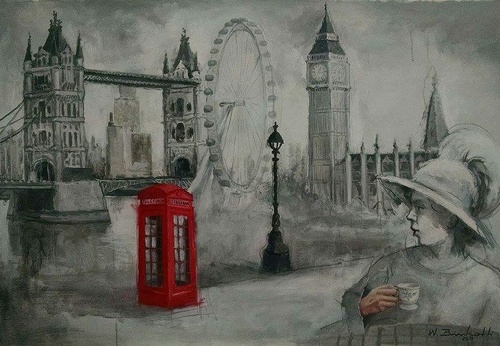
- July 03, 2025
Gallery Of Illustration By Walmir Binhotti - Brazil
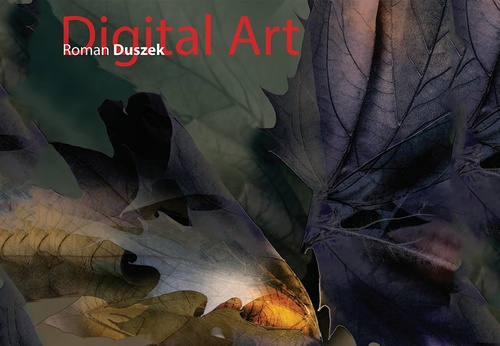
- July 03, 2025
Roman Duszek | Digital Graphic Art
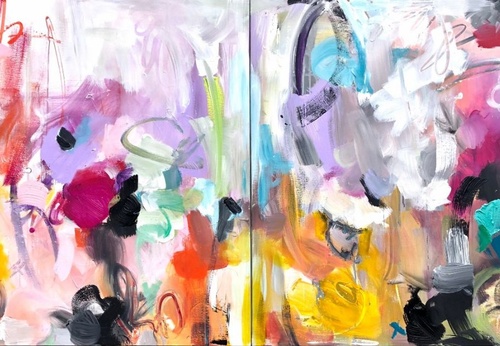
- July 03, 2025
Painting and abstract art: differences and similarities
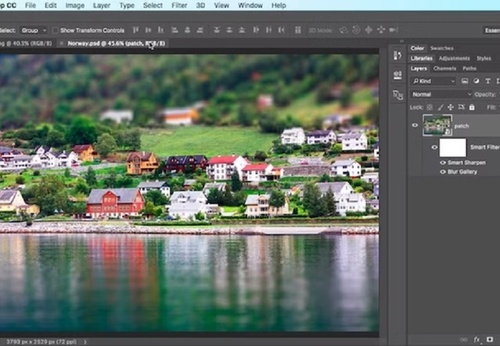
- July 02, 2025
The Best Software for Digital Art and Graphic Design

- July 02, 2025
Gallery of Posters by Cesar Alí Hernández from Mexico

- July 03, 2025
Painting and abstract art: differences …

- July 02, 2025
The Best Software for Digital Art and G…

- July 01, 2025
How Digital Artists Collaborate with Ar…

- July 01, 2025
Reflections of Digital Art in Different…

- June 30, 2025
Crítica de Obras Artísticas Criadas por…

- June 30, 2025
What are Plastic Arts?

- June 30, 2025
Images Against Silence: Artists Who Cha…

- June 29, 2025
History of Art Photography in the 20th …

- June 28, 2025
The 11 types of art and their meanings

- June 28, 2025
Contemporary Art is postmodern art

- June 26, 2025
Graphic Design, Art, and Technology: Wh…

- June 25, 2025
Graphic Design and Modern Content Creat…

- June 25, 2025
Art as a Manifestation of Resistance

- June 24, 2025
Latin American Art in the world

- June 24, 2025
Painting as a form of emotional express…

- June 23, 2025
14 questions and answers about the art …

- June 23, 2025
9 Latino painters and their great contr…

- June 22, 2025
The most famous image of Ernesto "Che" …

- June 21, 2025
Resistance in Ink and Paper: Illustrati…

- June 21, 2025
Art as a Tool for Enlightenment and Soc…

- August 29, 2023
The history of Bolivian art

- February 19, 2024
Analysis and meaning of Van Gogh's Star…

- January 28, 2024
Culture and Art in Argentina

- September 25, 2023
What is the importance of art in human …

- September 23, 2023
What is paint?

- August 10, 2023
14 questions and answers about the art …

- August 30, 2023
First artistic manifestations

- August 23, 2023
The 11 types of art and their meanings

- January 12, 2024
10 most beautiful statues and sculpture…

- September 23, 2023
History of painting

- September 23, 2023
Painting characteristics

- March 26, 2024
The importance of technology in art1

- April 06, 2024
History of visual arts in Ecuador

- August 16, 2023
The 15 greatest painters in art history

- January 31, 2024
Examples of Street Art – Urban Art

- March 26, 2024
Cultural identity and its impact on art…

- April 07, 2024
Graffiti in Latin American culture

- January 20, 2024
What is the relationship between art an…

- August 25, 2024
A Comprehensive Analysis of the Cartoon…

- October 21, 2023
Contemporary art after the Second World…

- February 19, 2024
Analysis and meaning of Van Gogh's Star…

- August 13, 2023
9 Latino painters and their great contr…

- August 10, 2023
14 questions and answers about the art …

- August 29, 2023
The history of Bolivian art

- January 28, 2024
Culture and Art in Argentina

- August 23, 2023
The 11 types of art and their meanings

- November 06, 2023
5 Latin American artists and their works

- August 27, 2023
15 main works of Van Gogh

- September 23, 2023
Painting characteristics

- September 23, 2023
What is paint?

- September 25, 2023
What is the importance of art in human …

- December 18, 2023
10 iconic works by Oscar Niemeyer, geni…

- August 30, 2023
First artistic manifestations

- January 20, 2024
What is the relationship between art an…

- March 26, 2024
Cultural identity and its impact on art…

- January 12, 2024
10 most beautiful statues and sculpture…

- October 30, 2023
Characteristics of Contemporary Art

- August 22, 2023
What are Plastic Arts?

- April 16, 2024
The most important painters of Latin Am…

- August 24, 2023


